38 label the different components of a phospholipid.
Triacylglycerol Structure & Function - Study.com Triacylglycerol, more commonly known as triglycerides, are a fat (lipid) found in the blood. Triglycerides are esters, composed of a glycerol molecule and three fatty acids. These esters are... ods.od.nih.gov › factsheets › Choline-HealthProfessionalCholine - Health Professional Fact Sheet In addition, because phosphatidylcholine can serve as a phospholipid precursor, it might help support the structural integrity of neurons and thus might promote cognitive function in elderly adults . Some experts have therefore theorized that consuming higher levels of phosphatidylcholine could reduce the progression of dementia in people with ...
The Fluid Mosaic Model of the Cell Membrane - Study.com Phospholipids are lipids that have two fatty acid tails attached to a glycerol molecule, which is attached to a phosphate group. The fatty acid chains are considered the tail of the phospholipid...
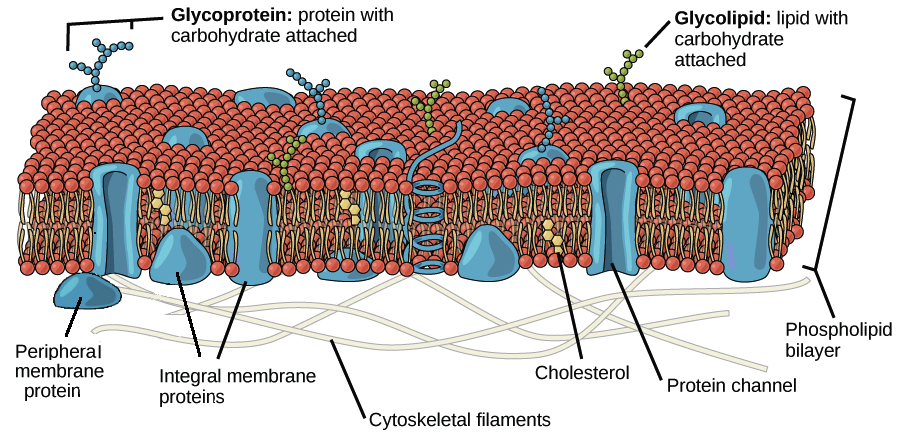
Label the different components of a phospholipid.
Label The Different Components Of A Phospholipid - Blogger Label the different components of a phospholipid. Are labeled r and s. When drawing and labeling a diagram of the plasma membrane you should be. Here, we'll take a closer look at the different components of the plasma. Phospholipids consist of a glycerol molecule, two fatty acids, and a phosphate group that is modified by an alcohol. Identification of the phospholipid lysobisphosphatidic acid in the ... Relative abundance of these components was calculated from their mass spectral intensities (Table 1). The major E. histolytica LBPA molecular species was 38:3 (18:1/20:2) corresponding to 43% of total LBPA. The majority of the fatty acids found in these species were unsaturated, being 18:1 and 20:2 the most abundant (Table 1). Oxidative phosphorylation - Wikipedia It has two components: a difference in proton concentration (a H + gradient, Δ pH) and a difference in electric potential, with the N-side having a negative charge. [4] ATP synthase releases this stored energy by completing the circuit and allowing protons to flow down the electrochemical gradient, back to the N-side of the membrane. [5]
Label the different components of a phospholipid.. Plasma Membrane (Cell Membrane) - Genome.gov The plasma membrane, also called the cell membrane, is the membrane found in all cells that separates the interior of the cell from the outside environment. In bacterial and plant cells, a cell wall is attached to the plasma membrane on its outside surface. The plasma membrane consists of a lipid bilayer that is semipermeable. Phosphate Backbone - Genome.gov A phosphate backbone is the portion of the DNA double helix that provides structural support to the molecule. DNA consists of two strands that wind around each other like a twisted ladder. Each strand has a backbone made of alternating sugar (deoxyribose) and phosphate groups. Attached to each sugar is one of four bases--adenine (A), cytosine ... Review the section "Investigating Life: Clues to the Origin of Language ... Label the components of the transcription Initiation complex in the figure below by dragging and dropping labels to the correct answer boxes. Some labels will not be used 1 ... different lengths. The phospholipid has two ester bonds in its structure whereas the triglyceride has three. 2. 3 The triglyceride is non-polar and will form hydrogen ... Choline - Health Professional Fact Sheet Sources of Choline. Food Many foods contain choline [].The main dietary sources of choline in the United States consist primarily of animal-based products that are particularly rich in choline—meat, poultry, fish, dairy products, and eggs [4,5,8-10].Cruciferous vegetables and certain beans are also rich in choline, and other dietary sources of choline include nuts, …
Lateral flow assays: Principles, designs and labels 01.09.2016 · The different NC membranes have test lines with different width because of the pore size of NC membrane. Large pore size causes low flow rate and long analysis time. To find a suitable NC membrane for developing LFA, different NC membranes with different widths have been tried. The different widths affect the flow rate and the signal intensity on the membrane. … Molecular species selectivity of lipid transport creates a ... If ERMES, EMC, and vCLAMP contribute to mitochondrial phospholipid import, mutants lacking components of these tethering complexes are predicted to exhibit a reduction of the mitochondrial UFA sink. ERMES consists of Mmm1p, Mdm10p, Mdm12p, Mdm34p, and a substoichiometric regulatory Miro GTPase Gem1p (Kornmann et al , 2009 , 2011 ). › acronyms-glossaryAcronyms & glossary | Therapeutic Goods Administration (TGA) A medical device that is intended by the manufacturer: to depend for its operation on a source of electrical energy or other source of energy (other than a source of energy generated directly by a human being or gravity); and Cell Membrane Quiz: Membrane Structure And Function Quiz A. Phospholipid bilayer B. Diffusion C. Photosynthesis D. Cellular respiration 4. This process releases energy stored in sugar. A. Cellular respiration B. Photosynthesis C. Active transport D. Diffusion 5. The head of a phospholipid is __________. A. Made of carbohydrates B. Made of proteins C. Made of nucleic acids D. Hydrophobic E.
en.wikipedia.org › wiki › Cell_(biology)Cell (biology) - Wikipedia Cell Movements and the Shaping of the Vertebrate Body Archived 2020-01-22 at the Wayback Machine in Chapter 21 of Molecular Biology of the Cell Archived 2017-09-27 at the Wayback Machine fourth edition, edited by Bruce Alberts (2002) published by Garland Science. The Alberts text discusses how the "cellular building blocks" move to shape developing embryos. It is also common to describe small ... CRISPR-Cas9 In Vivo Gene Editing for Transthyretin Amyloidosis 26.06.2021 · We report the results in two initial dose groups from part 1 of a two-part, global, phase 1, open-label, multicenter study. Patients were treated with a single dose of NTLA-2001 consisting of a ... Cell Organelles- Definition, Structure, Functions, Diagram The most abundant lipid which is present in the cell membrane is a phospholipid that contains a polar head group attached to two hydrophobic fatty acid tails. The embedded proteins act as channels for the transfer of particles across the cell with some proteins acting as receptors for the binding of various components. Systematic Quantification of Electron Transfer in a Bare Phospholipid ... Systematic Quantification of Electron Transfer in a Bare Phospholipid Membrane Using Nitroxide-Labeled Stearic Acids: Distance Dependence, Kinetics, and Activation Parameters
› documents › 2016/05/27Federal Register :: Food Labeling: Revision of the Nutrition ... May 27, 2016 · Many of the format differences pertained to two specific label components: (1) Sodium, carbohydrate, and protein; and (2) vitamins and minerals. There was little evidence that the Proposed format led participants to re-allocate their attention to or effort spent on different label components while browsing a label or making the dietary choices.
Acronyms & glossary | Therapeutic Goods Administration (TGA) The mechanism whereby goods, which would normally be required to be included in the ARTG under different ARTG registration or listing numbers (because they are separate and distinct by virtue of S 16(1) of the Therapeutic Goods Act 1989, may be included in the ARTG under the one ARTG registration or listing number, thereby attracting a single annual charge for the group of …
Cambridge International AS & A Level - GCE Guide 4 UCLES 2021 9700/23/M/J/21 2 Smallpox, measles and HIV/AIDS are infectious diseases caused by different viruses. These different viruses share some structural features. (a) State one structural feature that would confirm that a pathogen is a virus. [1] (b) The virus that causes smallpox belongs to a different genus to the virus that causes measles. Name the viruses that …
(PDF) Infrared Nanospectroscopy of Phospholipid and Surfactin Monolayer ... Infrared Nanospectroscopy of Phospholipid and Surfactin Monolayer Domains. by Mattias Kruskopf. ACS Omega. Date added: 10/18/21. ... A Systematic Study of Different Liposomal Formulations. by Calvin Cheung. ... High-Resolution Label-Free Detection of Biocompatible Polymeric Nanoparticles in Cells.
› sites › defaultFixation and Fixatives - University of Wisconsin–Madison 6. Label fully and accurately. An absolute essential for diagnostic and research material. Essential 2: Proper penetration of fixative 7. Fixative should penetrate from all sides. Always place specimens into containers that already contain fixative. This will prevent adhesion of the specimen to the container. 8. Cavities should be opened.
Biochemistry strategies for label-free optical sensor ... - SpringerLink Mainly, two different lipid-based approaches have been studied for optical sensor biofunctionalization: liposome arrays and planar lipid bilayers (Fig. 5a and b). Liposomes of different sizes can be formed in an aqueous solution by spontaneous self-assembling of phospholipid molecules, like phosphocholine and its derivatives . The hydrophilic ...
Click chemistry and optogenetic approaches to visualize and manipulate ... Phosphatidic acid (PA) is among the simplest glycerophospholipids. It mediates several functions via lipid-protein interactions and its unique cone-shaped geometry (7, 8, 9), and its metabolism is under a complex set of controls in mammalian cells (Figure 1A) (10, 11, 12).PA is produced via three main pathways: (1) hydrolysis of phosphatidylcholine (PC) by phospholipase D (PLD), (2 ...
Phospholipid nanoparticles: Therapeutic potentials against ... We generated a phospholipid-based and high-density lipoprotein (HDL)-like nanoparticle, miNano, and determined CC-dissolving capacity, cholesterol efflux property, and anti-inflammation effects of miNano in vitro. Both normal C57BL/6J and Apoe -deficient mice were used to explore the accumulation of miNano in atherosclerotic plaques.
Cell (biology) - Wikipedia Cell Shapes. Cell shape also called Cell Morphology has been hypothesized to form from the arrangement and movement of the cytoskeleton. Many advancements in the study of cell morphology come from studying simple bacteria such as Staphylococcus aureus, E. coli, and B. subtilis. Different cell shapes have been found and described but how any why cells form …
How a Phospholipid Bilayer Is Both Hydrophobic and Hydrophilic This is what makes a phospholipid. A phospholipid is named for its two main parts, a phosphate group and a lipid. It's usually drawn with the phosphate group as a circle, and this is referred to as...
Antiphospholipid Antibodies : Johns Hopkins Lupus Center Antiphospholipid antibodies are antibodies directed against phosphorus-fat components of your cell membranes called phospholipids, certain blood proteins that bind with phospholipids, and the complexes formed when proteins and phospholipids bind. Approximately 50% of people with lupus possesses these antibodies, and over a twenty-year period of time, one half of lupus …
Complement Pathways: Types, Functions, Regulation - Microbe Online C2-C5 has two components, a and b. Larger subunits are denoted by b whereas the smaller ones are denoted by a (except C2a, which is larger than C2b). Complement Activation and cell lysis Classical Pathway Alternative Pathway Mannose-binding Lectin (MBL) Pathway Functions of Complements Complement regulation Complement related Diseases
What is a Phospholipid? - Structure, Functions & Composition Phospholipids are made up of two fatty acids (long chains of hydrogen and carbon molecules), which are attached to a glycerol 'head.' The glycerol molecule is also attached to a phosphate group,...
Phospholipid Bilayer Function & Structure - Study.com A phospholipid is unique in that it has a hydrophilic region called the head, and a hydrophobic region known as the tail. The hydrophilic region can interact with water due to the presence of a...
› lupus-tests › antiphosphoAntiphospholipid Antibodies - Johns Hopkins Lupus Center There are different classes (isotypes) of anticardiolipin antibody, namely IgG, IgM, and IgA. IgG is the anticardiolipin antibody type most associated with complications. An enzyme-linked immunosorbent assay (ELISA) is used to test for anticardiolipin antibodies. One can test for all isotypes at once, or they can be detected separately.
› doi › 10CRISPR-Cas9 In Vivo Gene Editing for Transthyretin Amyloidosis Jun 26, 2021 · The LNP is based on a proprietary ionizable lipid, combined with a phospholipid, a pegylated lipid (molecular weight of polyethylene glycol, 2000 Da), and cholesterol, formulated in an aqueous ...
Federal Register :: Food Labeling: Revision of the Nutrition and ... 27.05.2016 · The overarching purpose of these studies was to explore how and to what extent different presentations of the label and its components (e.g., different formats of the entire Nutrition Facts label or different formats of how added sugars may be declared on the label) may affect consumer responses to the presentations. In addition, the added sugars study was …
Phosphatidylserine - Wikipedia Phosphatidylserine (abbreviated Ptd-L-Ser or PS) is a phospholipid and is a component of the cell membrane. It plays a key role in cell cycle signaling, specifically in relation to apoptosis.It is a key pathway for viruses to enter cells via apoptotic mimicry. Its exposure on the outer surface of a membrane marks the cell for destruction via apoptosis
Osmotically Induced Cell Swelling versus Cell ... - PubMed Central (PMC) The relative turnover rates and abundances of phospholipid signals present during normal pollen tube growth are determined by time course studies of the incorporation of label into phospholipids. For these studies to establish incorporation rates and phospholipid abundances, pollen are germinated and allowed to grow for 4 h before adding 32 PO ...
Functional Characterization of Phospholipid N-Methyltransferases from ... Phosphatidylcholine (PtdCho)2 is the most abundant phospholipid in most non-plastid membranes of eukaryotes. PtdCho biosynthesis has been studied intensively in plants not only because of its importance as a structural membrane lipid, but also because of its role as a precursor to important lipid-based signaling molecules, such as phosphatidic acid, and phospholipase A 2-derived free fatty ...
(Get Answer) - Why are lipids not soluble in water? Describe 3 ... Draw and label the structure of one phospholipid molecule. Identify the hydrophilic and hydrophobic regions. How are phospholipids arranged to form plasma membranes? How many amino acids are used in protein synthesis? Describe the structure of a typical amino acids circling and labeling the amino group and the carboxylic group.
Draw And Label A Phospholipid Bilayer - Blogger The phospholipid molecule draw and label this: Phospholipid molecules make up the cell membrane and are hydrophilic (attracted to water) as well as hydrophobic (not attracted to water but are attracted . The oxygen moves inside the cell membrane with the help of diffusion and therefore does not require any energy in moving in or out of the cell.
CHE 120 - Introduction to Organic Chemistry - Textbook Opening Essay. On July 11, 2003, the Food and Drug Administration amended its food labeling regulations to require that manufacturers list the amount of trans fatty acids on Nutrition Facts labels of foods and dietary supplements, effective January 1, 2006. This amendment was a response to published studies demonstrating a link between the consumption of trans fatty acids and an increased risk ...
Cell Membrane - 1869 Words | Studymode The cell membrane controls what enters and leaves the cell. The cell membrane is made up of 4 main components which are the phospholipid bilayer, membrane proteins, cholesterol and carbohydrates that are linked to some of the lipids. The phospholipid bilayer. The phospholipid bilayer is made up of phospholipid molecules that arrange themselves ...
Label the (A-H) in the diagram below and list the structures functions The lipid bilayer is a membrane composed of two layers of phospholipids.A phospholipid is a molecule made up of a polar phosphate head and non-polar fatty acid chains.. The diagram makes reference to the different components of the lipid bilayer.; The main components of the lipid bilayer are phospholipids and cholesterol.; The lipid bilayer is also composed of different proteins such as ...
Flagella: Structure, Arrangement, Function - Microbe Online Protozoa are a heterogeneous group that possesses three different organs of locomotion: flagella, cilia, and pseudopods. Certain protozoa, such as Leishmania and Trypanosoma have flagellated forms called promastigotes and non flagellated forms called amastigotes. Giardia lamblia and urogenital flagellate Trichomonas vaginalis also have flagella.
Oxidative phosphorylation - Wikipedia It has two components: a difference in proton concentration (a H + gradient, Δ pH) and a difference in electric potential, with the N-side having a negative charge. [4] ATP synthase releases this stored energy by completing the circuit and allowing protons to flow down the electrochemical gradient, back to the N-side of the membrane. [5]
Identification of the phospholipid lysobisphosphatidic acid in the ... Relative abundance of these components was calculated from their mass spectral intensities (Table 1). The major E. histolytica LBPA molecular species was 38:3 (18:1/20:2) corresponding to 43% of total LBPA. The majority of the fatty acids found in these species were unsaturated, being 18:1 and 20:2 the most abundant (Table 1).
Label The Different Components Of A Phospholipid - Blogger Label the different components of a phospholipid. Are labeled r and s. When drawing and labeling a diagram of the plasma membrane you should be. Here, we'll take a closer look at the different components of the plasma. Phospholipids consist of a glycerol molecule, two fatty acids, and a phosphate group that is modified by an alcohol.
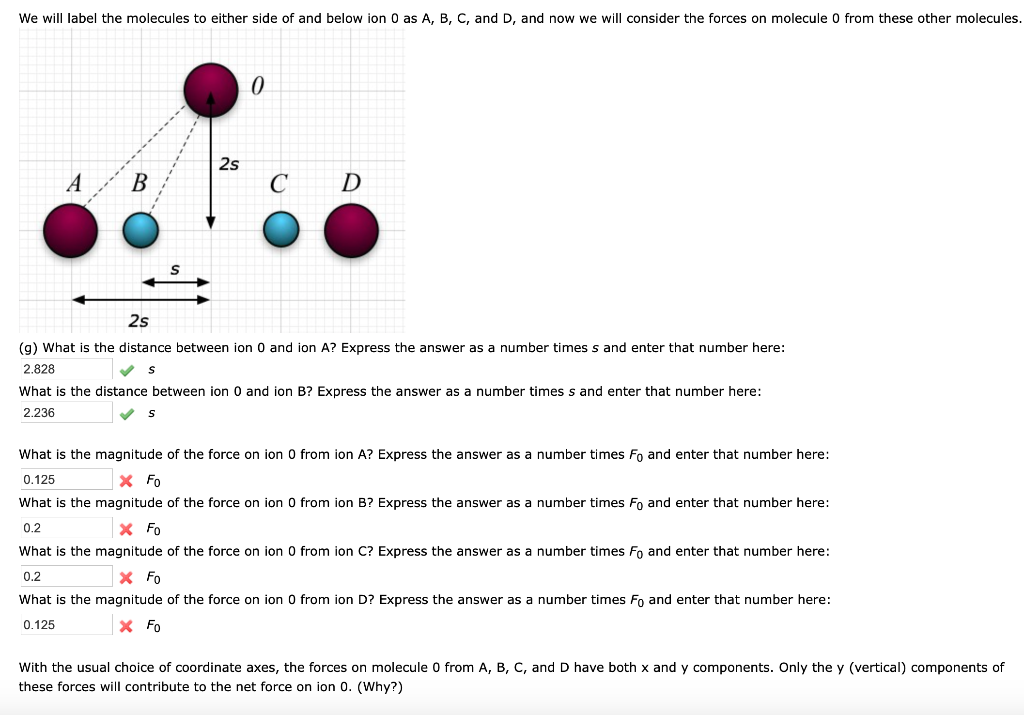
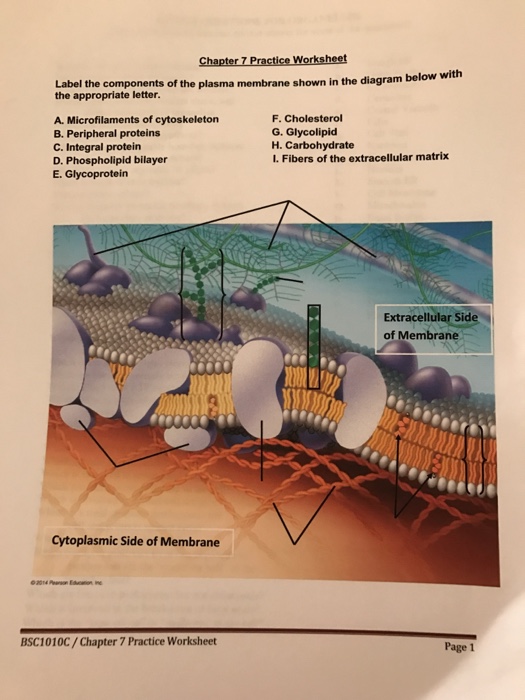



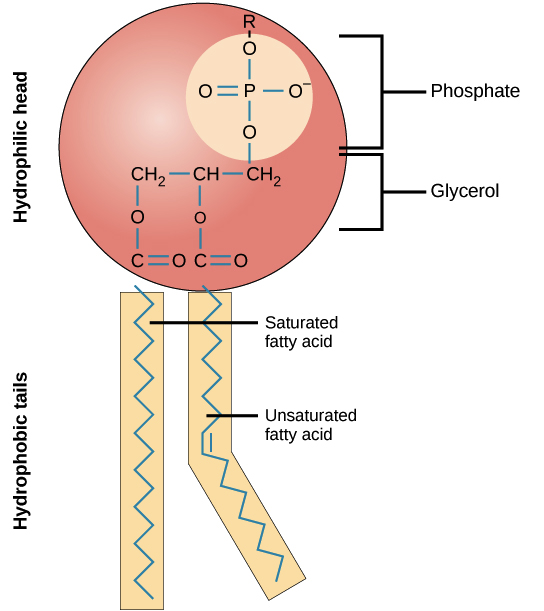
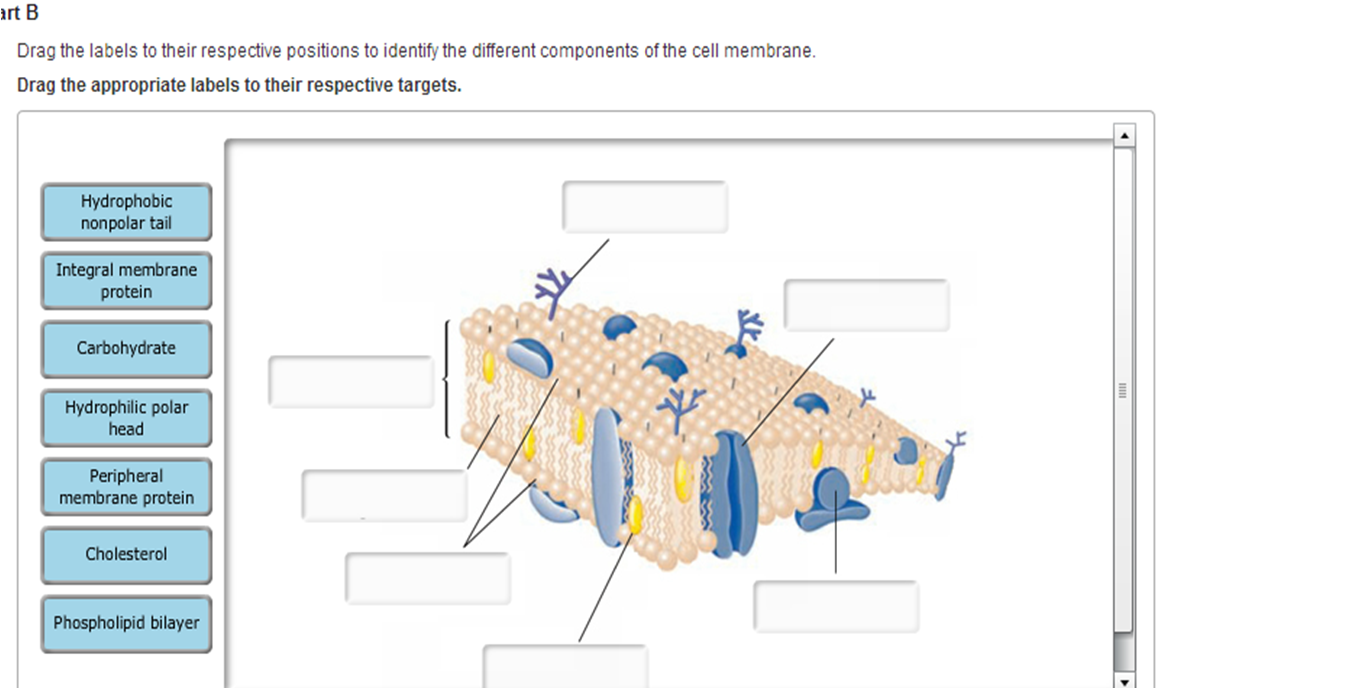

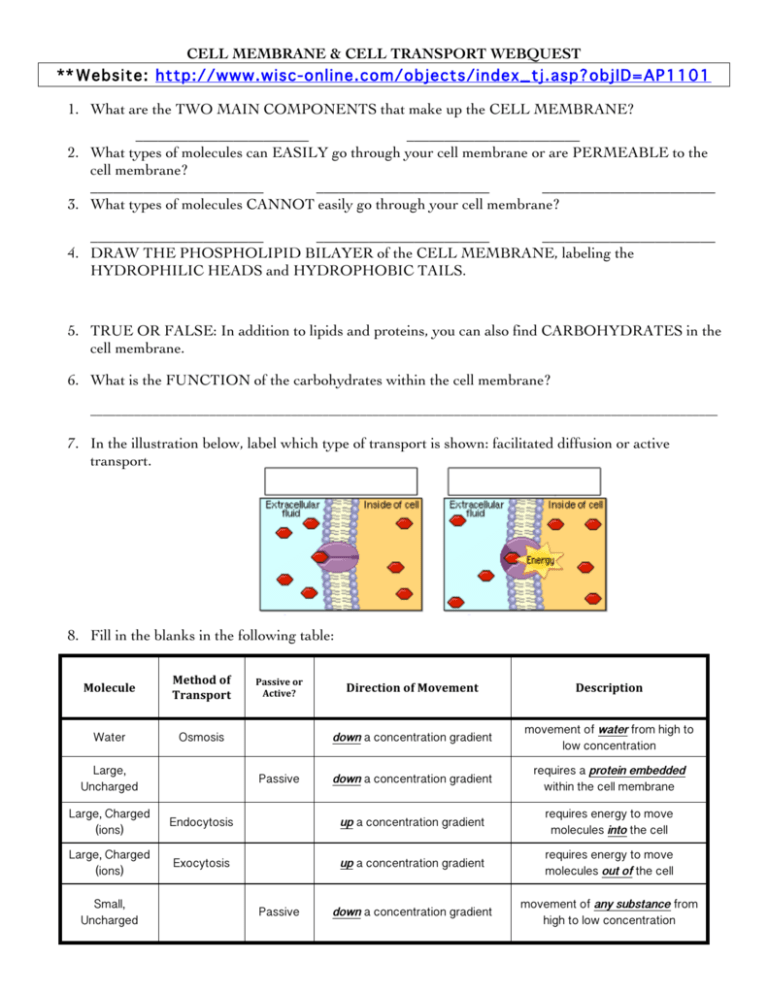




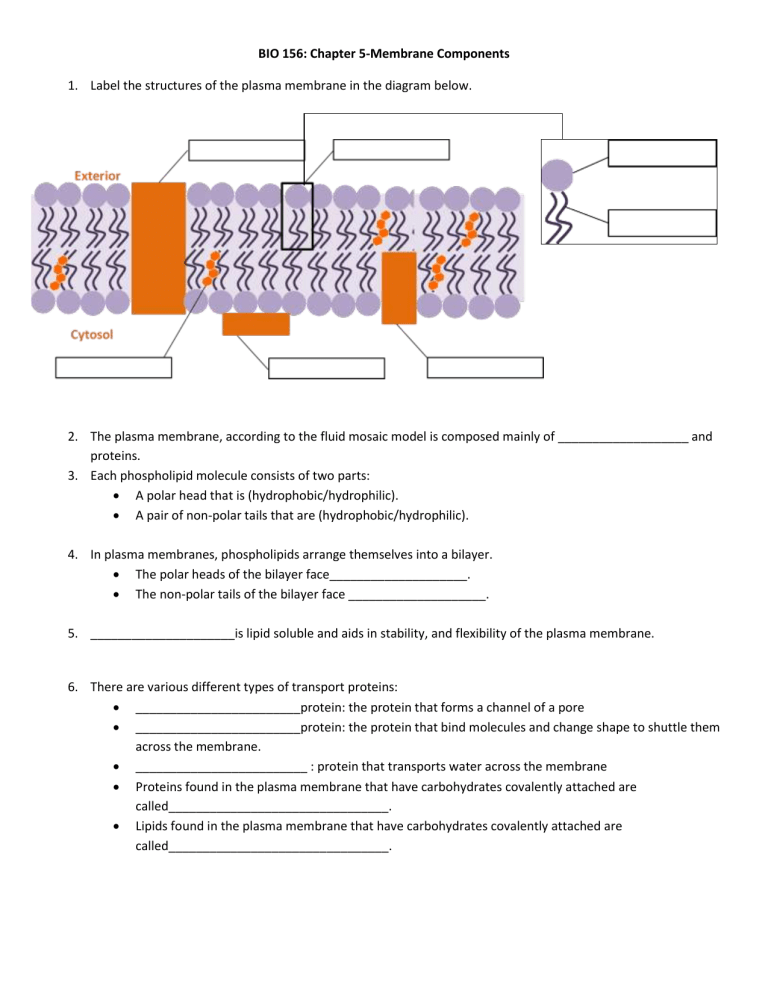



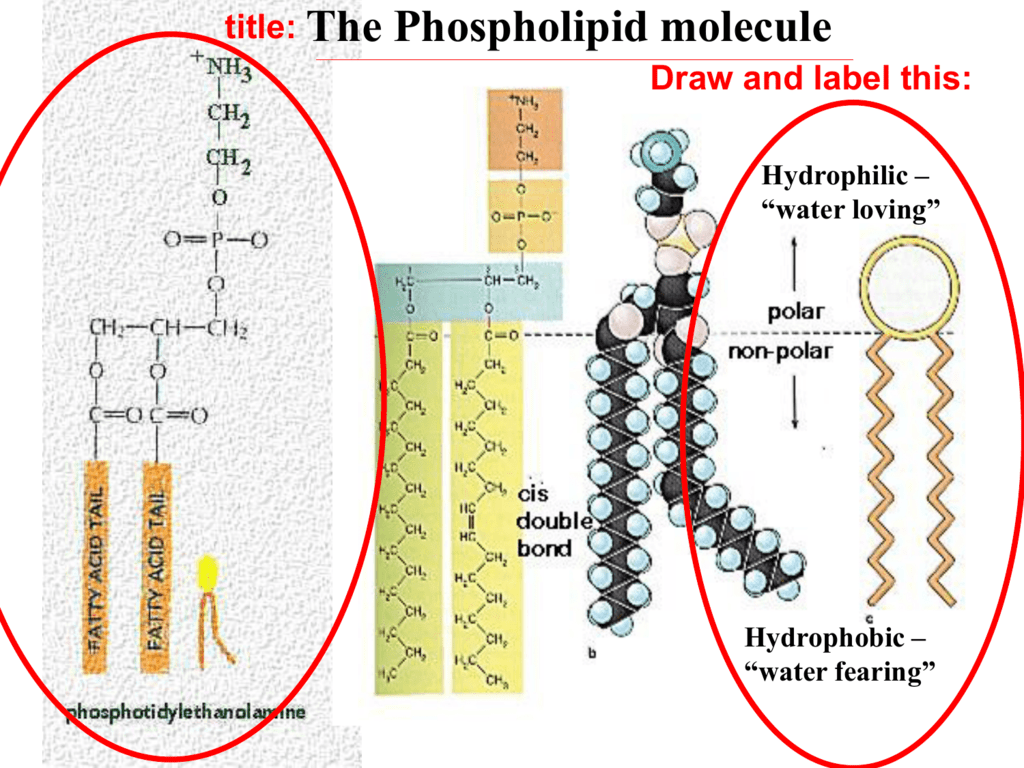








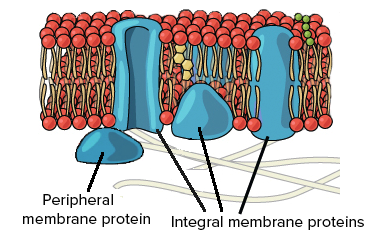
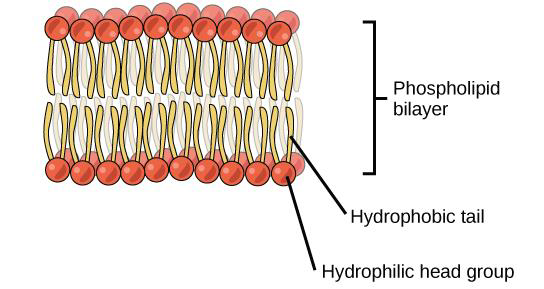

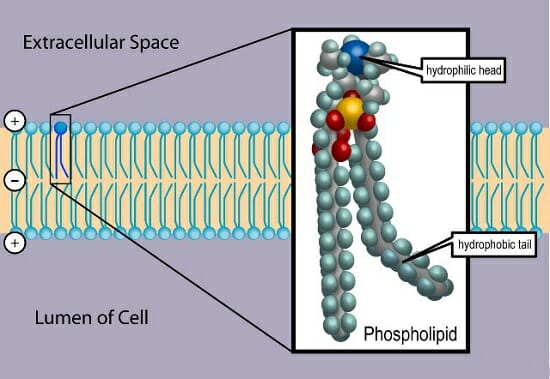

Post a Comment for "38 label the different components of a phospholipid."